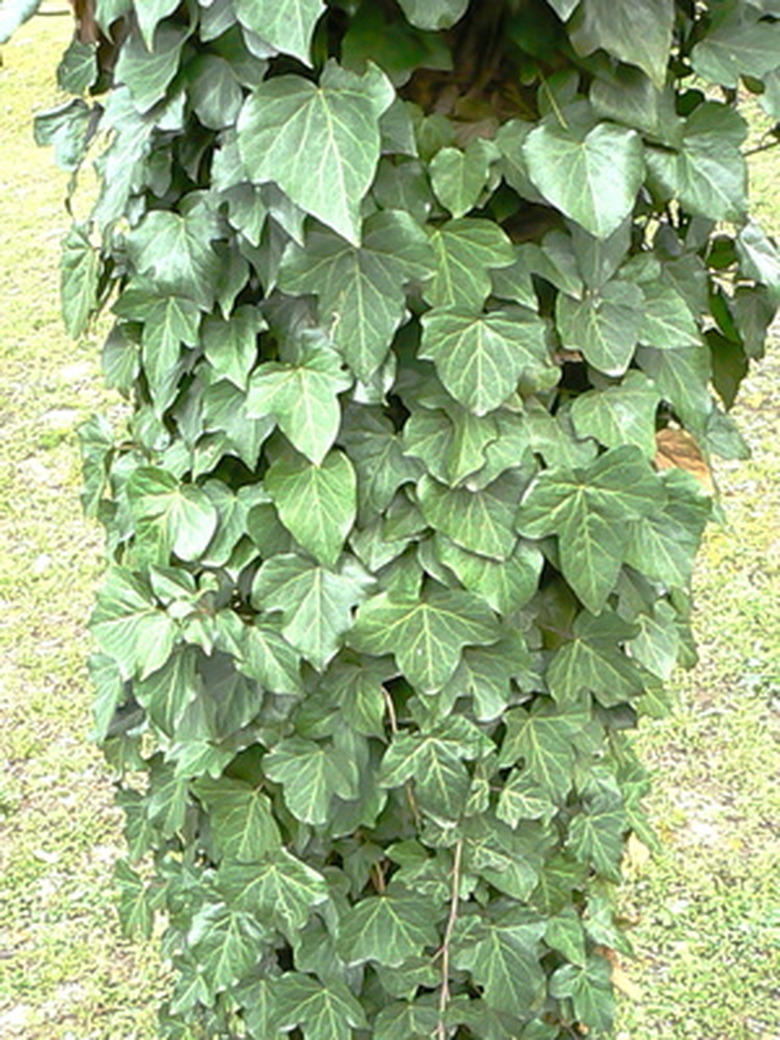Poisonous Plants In California
Many poisonous plants grow in all parts of California. The plants include native, introduced and cultivated outdoor plants. Some poisonous plants may look harmless and edible; however, they can pose serious risk of illness, injury or death to humans or animal. Identifying poisonous plants is important in preventing such incidences from occurring.
Poison Oak
Poison oak (Toxicodendron diversilobum), also known as western poison oak, is native to western North America, which extends from British Columbia in the north, to Baja California in the south. Poison oak can be found in a wide range of habitats from sea level to higher elevations, and in open woodland, grassy hillsides, forests and prairies of California. A woody, dense shrub that usually grows 1 to 6 feet high under full sun, poison oak will also grow as a climbing vine in shaded areas.
- Many poisonous plants grow in all parts of California.
- A woody, dense shrub that usually grows 1 to 6 feet high under full sun, poison oak will also grow as a climbing vine in shaded areas.
Leaves that alternate on the stem have three to nine leaflets with the stalk of the central leaflet being longer than other leaflets. Each leaflet is 1 to 4 inches long and smooth with toothed or lobed edges. The leaves can be glossy or dull and sometimes hairy, especially on the lower surface. In spring, the leaves are green to light red, which turn to glossy green in summer and later turn to orange and red. Small, white-green flowers bloom in summer, followed by whitish-green and round fruits.
An allergic reaction happens when a person comes in contact with poison oak leaves, stems, contaminated clothing, objects or pets. Within one to six days, water blisters appear. A mild solvent such as rubbing (isopropyl) alcohol poured over the exposed area, followed by washing with plenty of cold (not hot) water may prevent skin irritation.
- Leaves that alternate on the stem have three to nine leaflets with the stalk of the central leaflet being longer than other leaflets.
- In spring, the leaves are green to light red, which turn to glossy green in summer and later turn to orange and red.
Destroying Angel
Amanita ocreata, also known as Destroying Angel, is an extremely poisonous mushroom that has claimed lives. It is a large, attractive mushroom with a cream-colored, non-striate cap. A bulbous base appears with a thin, white volva (membranous envelope that encloses the base of a mushroom) and a fragile, white annulus (ring on a mushroom stem). Cap measures 2 to 7 inches broad, stipe (stem or stalk-like feature supporting the cap of a mushroom) is 5 to 11 inches tall and up to 1-inch thick.
Eating this mushroom can cause serious illness. Six hours after ingestion, it can cause severe liver damage, resulting in death. In some cases, those who survived poisoning required liver transplants.
- Amanita ocreata, also known as Destroying Angel, is an extremely poisonous mushroom that has claimed lives.
- A bulbous base appears with a thin, white volva (membranous envelope that encloses the base of a mushroom) and a fragile, white annulus (ring on a mushroom stem).
This mushroom is common in Santa Cruz county and the San Francisco Bay Area. Like its cousin 'Death Cap' (Amanita phalloides), 'Destroying Angel' are found under Coast Liveoak (Quercus agrifolia), but at different seasons. 'Death Cap' appears in the fall while 'Destroying Angel' appears in the late winter and spring.
Lupine
Some species of lupine are poisonous, such as lunara and tailcup lupines, which are indigenous to California. They grow on foothills and mountain ranges as well as on open and wooded hillsides. These lupines are poisonous at all stages from the time they start to grow until their seed pods shatter. Poisonous lupines grow up to 1-foot tall with leaves that have several leaflets, which radiate from a central point. The flowers are blue, white, pink, yellow, or blue and white.
- This mushroom is common in Santa Cruz county and the San Francisco Bay Area.
- Some species of lupine are poisonous, such as lunara and tailcup lupines, which are indigenous to California.
Small pets and livestock, especially sheep and cows, can become seriously ill after eating lupines. Lupines can also cause "crooked calf disease." According to the Cooperative Extension University of California Environmental Toxicology Newsletter, Toxic Plants III (Vol. 2 No. 3, November 5, 1981), pregnant women who consume contaminated cow's milk may give birth to deformed babies. Death from lupine poisoning is rare among humans, but livestock that eat lupine in great quantities may die.
